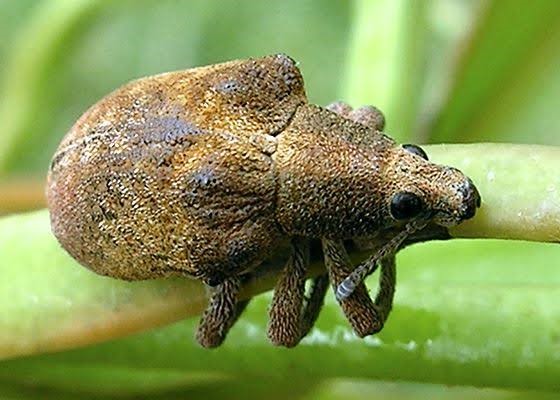
Eucalyptus Snout Beetle

11.01.2024
Eucalyptus Snout Beetle , Daily Current Affairs , RACE IAS : Best IAS Coaching in Lucknow
|
For Prelims:About Eucalyptus Snout Beetle,New research |
Why in the news?
Scientists have found a natural remedy to protect eucalyptus forest plantations from a pest, eucalyptus snout beetle, which is known to cause serious damage to eucalypts.
About Eucalyptus Snout Beetle:
- It is a leaf-feeding beetle that is a major defoliator of eucalypts.
- It is also known as eucalyptus weevil.
- The pest is indigenous to Australia but occurs in many countries throughout the world where eucalypts are grown.
- The beetle feeds on leaves, buds and shoots, resulting in stunted growth and deflation and causing heavy losses.
- It can cause damage over vast areas as it has a great flight capability and gets transferred with transport of forest products.
- The pest is mainly controlled with the help of micro-waspsAnaphes spp — an expensive solution.
- This led a team of scientists to look for naturally occurring pathogenic fungi to tackle the problem.
New research
- The scientists collected the fungi from naturally infected beetles, the pathogen can better adapt to the environmental conditions, making it efficient to control beetles in forest populations.
- The findings of the study showed that Beauveria bassiana was highly effective both by contact and ingestion, with a mortality rate of 100 per cent.
- The fungi could be used to develop a bio-pesticide for sustainable forestry using integrated pest management.
- The fungi could also be used in other countries where the insect is causing severe damage.
Source: Down to earth